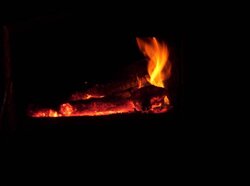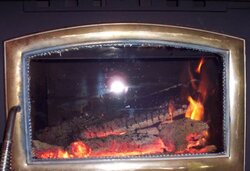- Nov 6, 2006
- 407
when you get the stove HOT, and engage the damper to put the cat in the exhuast stream, HOW MUCH intake air do you leave going?
50%, 25%? enough to keep some small flames?
I have no idea, ive tried engaging the cat, and reducing airflow alot, and it smolders, and looses temp.
IM trying to leave more airflow going now to keep some flames with the cat engaged.
any thoughts?
Im still unsure if I just cant get the process correct, or if Im trying with a defective combustor unit.
50%, 25%? enough to keep some small flames?
I have no idea, ive tried engaging the cat, and reducing airflow alot, and it smolders, and looses temp.
IM trying to leave more airflow going now to keep some flames with the cat engaged.
any thoughts?
Im still unsure if I just cant get the process correct, or if Im trying with a defective combustor unit.




